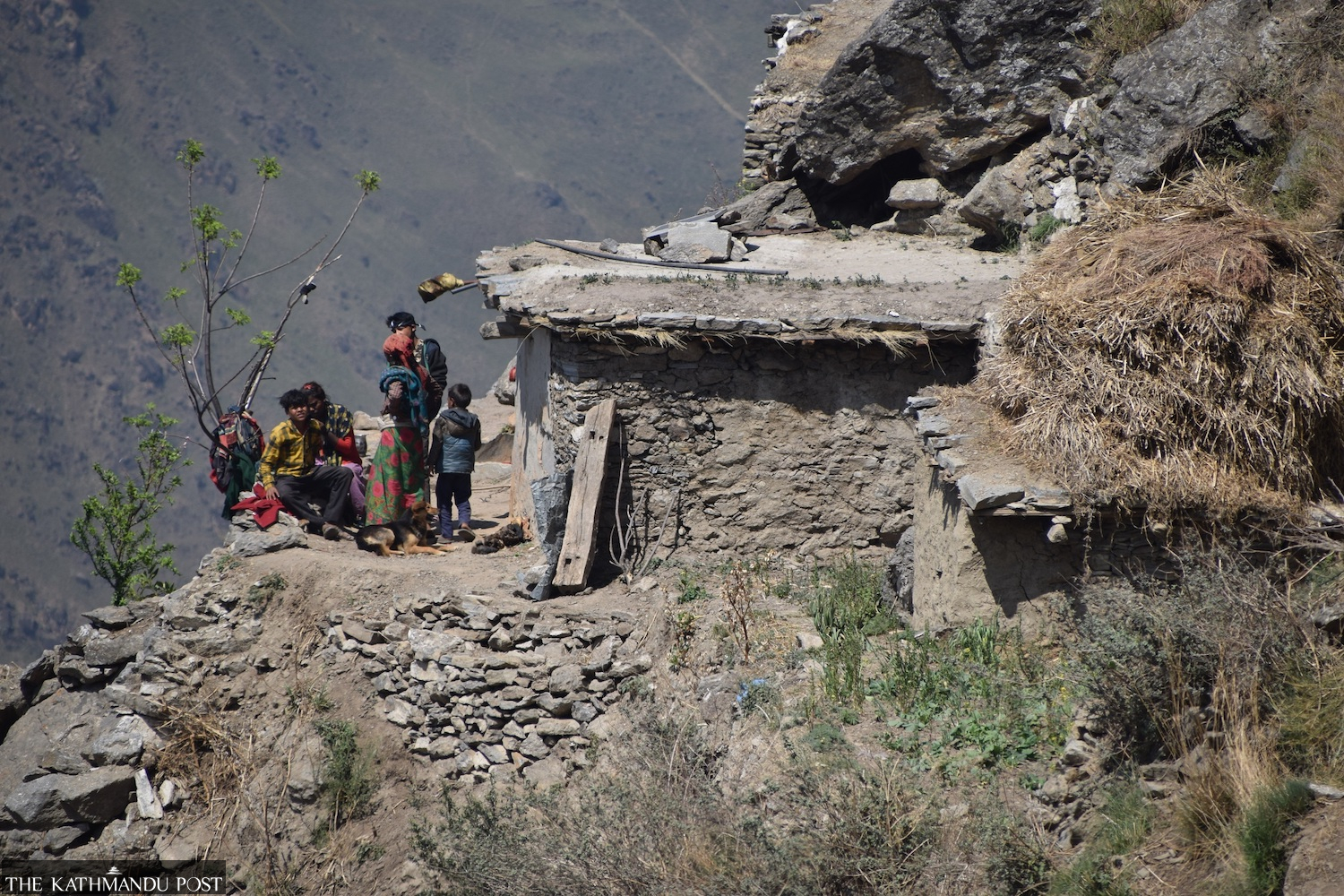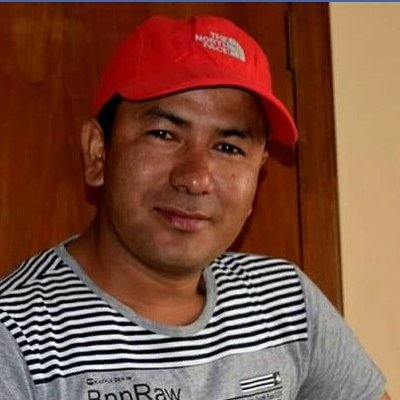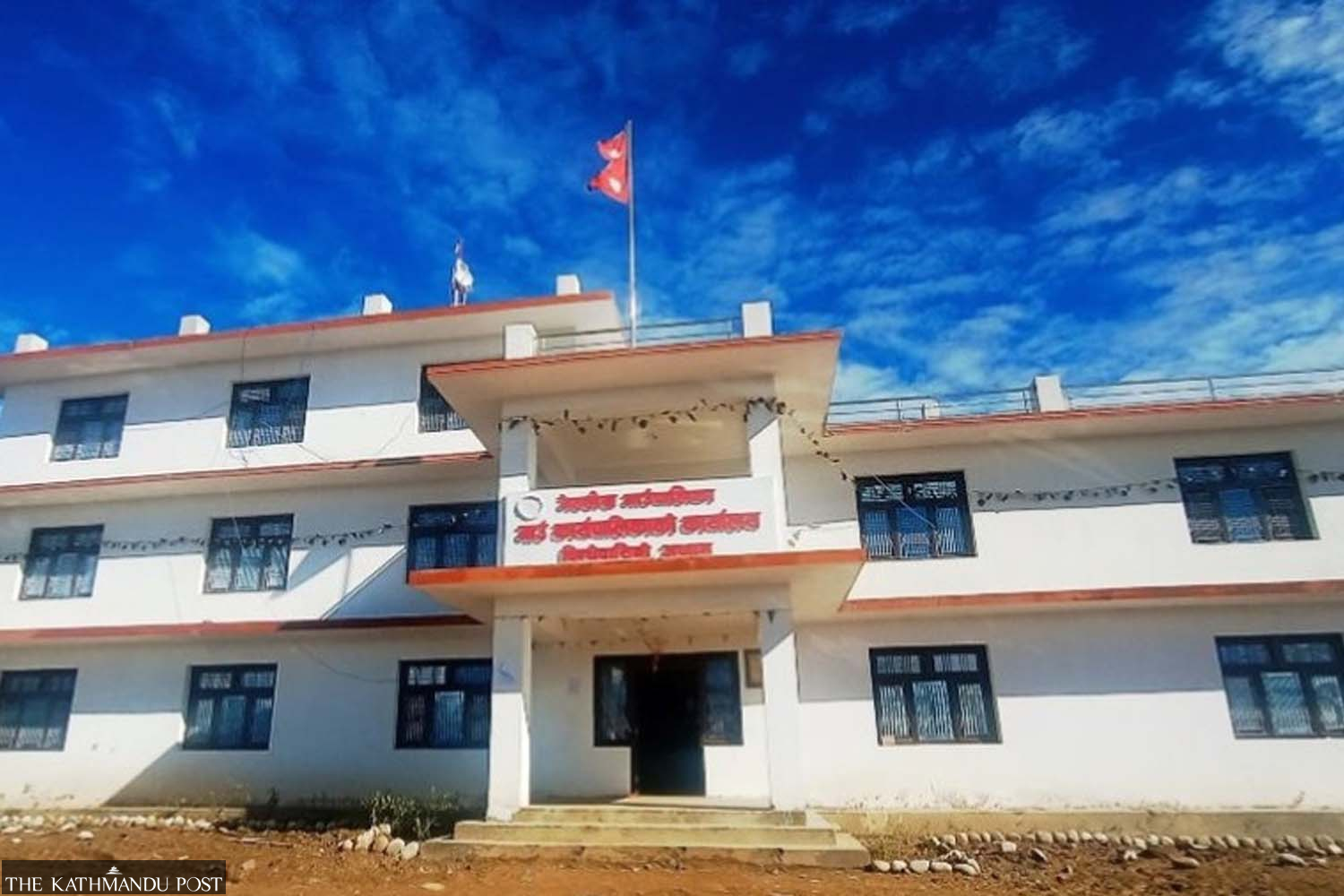Sudurpaschim Province
No data as malnutrition turns into major killer in Bajura villages
Lack of detailed study in Muktikot, other villages worsens situation when the actual toll of deprivation is unknown.
Basant Pratap Singh
The number of children suffering from severe malnutrition in Bajura as of February-March, 2022, is 141, data prepared by Bajura Health Office shows.
Records at the health office show there were 412 children suffering from malnutrition in the district in the fiscal year 2018-19. As per the data, malnutrition in children has been halved in the last four years.
However, the ground reality is different.
According to data from the health office, there are only 37 children suffering from malnutrition in Swamikartik Khapar Rural Municipality. However, a recent study carried out by a team involving various development organisations in Muktikot village of the rural municipality—following the coverage of the situation of infant mortality and nutrition deprivation among new mothers and their children in Muktikot by the Post and its sister paper Kantipur, revealed that 61 children were malnourished in Muktikot in Ward 1 alone. The team had carried out nutrition tests on more than 200 children in the village.
The study in Muktikot also revealed that the level of malnutrition is severe not only in children but also in new mothers and youths. The team of health workers visited Muktikot from March 29 to April 2.
The survey conducted for five days across 243 households showed that 100 out of 293 mothers were suffering from malnutrition in the village. Of them, 29 had severe malnutrition.
Malnutrition was more critical in girls aged 10 to 19. The team had carried out malnutrition tests on 192 girls, which found 99 of them to be malnourished. Of them, 14 were suffering from severe malnutrition.
A team of 17 health workers, comprising officials and representatives from Nutrition Rehabilitation Home, Bajura, Suaahara Nutrition Programme, Policy and Planning Commission of Sudurpaschim Province, Multi-regional nutrition project and UNICEF, under the coordination of Swamikartik Khapar Rural Municipality health officer Dilli Bahadur Oli, had conducted the study in Muktikot.

Even though the health officials acknowledge the dire situation regarding the nutrition status in the district, there has been no effort to properly collect data on the health situation of district residents.
Following the team’s arrival at Muktikot, Nabin BK, a local resident, said this was the first time such a team had come to his village for a complete survey.
“People used to come earlier as well to collect data from our village but they would not do a thorough job,” said BK. “This time the study team went to each household to collect data and we hope there will be some positive changes. Let’s see.”
A lack of detailed study and proper data on malnutrition in Muktikot and other villages like it has worsened the situation over the years since there are no records on the deaths from malnutrition among mothers and their children. This will stop future plans from being well-grounded.
“The details and data of deaths caused by malnutrition are only covered by the Nepal Demographic and Health Survey,” said Daya Krishna Pant, chief of the Bajura Health Office. “They collect samples from all over the country and determine the mortality rate. We use their data to assess the situation.”
The situation of malnutrition among the children of Jagganath Rural Municipality also shows that the data made public by the district health office does not reflect the ground reality.
The health office reports zero malnutrition cases in children in the rural municipality as of February-March 2022.
However, Pramila Bista, the rural municipality’s health division chief, said that nine children are undergoing treatment for severe malnutrition since mid-February at Gotri village of the rural municipality.
“The children were admitted for treatment after their health condition worsened,” said Bista. “If we search, we may find more malnourished children in the village.”
The number of malnourished children admitted to the Nutrition Rehabilitation Home run by Bajura District Hospital also contradicts the data maintained by the District Health Office.
According to the hospital, 42 severely malnourished children have so far been treated at the Nutrition Rehabilitation Home. Of them, five children were from Swamikartik Khapar Rural Municipality.
“Among the five, only one was from Muktikot. The remaining children were from other villages,” said Dr Prakash Joshi, chief of Bajura District Hospital. “There are many villages like Muktikot in the district with extreme cases of malnutrition. If a proper study is conducted, then the number of malnourished people may increase by up to 20 percent.”
According to the district hospital, 22 children from Badimalika Municipality, which covers the district headquarters Martadi, four children from Himali Rural Municipality, eight children from Gaumul Rural Municipality, two from Budinanda Municipality and one from Triveni Rural Municipality were admitted to the hospital’s Nutrition Rehabilitation Home in the last six months.
Joshi said that of the total number of children suffering from severe malnutrition in Bajura, only about 20 percent have access to treatment.
“Since the people around the district headquarters have access to the hospital’s Nutrition Rehabilitation Home, the number of malnourished children brought in for treatment here is high,” said Joshi. “The situation of malnutrition is grimmer in rural areas since they do not have access to treatment.”
Pant, the Bajura Health Office chief, admits that the data published by the office does not reflect the true extent of the state of nutrition in the district.
“This data just represents the number of children who have come for treatment for malnutrition,” said Pant, “If we are to conduct a door-to-door screening, then the number of malnourished children would increase several fold.”

Meanwhile, the budget spent in the past 10 years to tackle malnutrition in the district also highlights irregularities and mismanagement on the part of various organisations and governmental agencies in implementing their programmes.
Data from several organisations show that around Rs1 billion has been spent in the district in the last 10 years to tackle the problem of poverty and malnutrition by implementing nutrition improvement programmes, awareness campaigns and behaviour change programmes.
Of these programmes, the Suaahara Program, which has been working to alleviate malnutrition in pregnant and new mothers since 2011, spends a huge budget to tackle the issue and has a large force of human resources. As per the report published by the programme, it has been spending around Rs20 million annually to eliminate the problem of malnutrition in children, young girls and women. The programme has so far spent around Rs230 million in Bajura.
However, the programme does not have any data on the number of people affected by malnutrition.
“Our work is to raise awareness among people. It is the government’s duty to find out how many people are suffering from malnutrition or have died because of it,” said Juna Dani, advisor and former founding chairperson of Mahila Bikas Manch, a non-government organisation involved in implementing the programme. “Our duty is to teach the malnourished to eat eggs and fruits, not feed them by visiting their homes.”
Most organisations are based out of the headquarters and do not have the actual data on the situation in far-flung villages where malnourishment is a vicious killer.
Bajura Health Office Chief Pant informed that of the total households, 18 families do not have any means of food production, 186 families can produce food that would feed them for one month, 27 families can produce food that will sustain them for less than three months while only seven families can produce food that will last them for at least six months.
In hindsight, Dani however admitted that there have been shortcomings from all stakeholders in failing to eliminate malnourishment in the district.
“There still are several villages like Muktikot where there is poverty, starvation and malnutrition and it is because of our collective shortcomings that we have not been able to deal with this problem,” said Dani.
Not just Suaahara programme but other organisations including UNICEF, UNFPA, World Food Programme under United Nations Development Programme, Helen Keller International, Care Nepal, FHI 360, INFO, Equal Axis Nepal and Save The Children among other international organisations and PeaceWin, Mahila Bikas Manch and Gift Bajura among other non-government organisations have been working towards tackling the malnutrition crisis in Bajura. But their plans and policies have not been effective in alleviating malnourishment in the district.
While development organisations have the resources to tackle the problem, the government offices say they cannot do much because of a shortage of budget.
“If the government allowed us as much budget as the development organisations pour into such programmes, we can eliminate malnourishment by 80 percent in Bajura,” said Pant.

While Pant argued for more budget to tackle the nutrition crisis in the district, the expenditure graph of the health office and other agencies of the government in the district to alleviate malnutrition is far from negligible.
The government has been allotting a budget under the Integrated Multi-Regional Nutrition Plan since April-May of 2012 in an effort to eliminate malnutrition by 2025. In the last 10 years, Rs 200 million have been spent in the district to implement the programme while Rs 500 million have been distributed across the district in the past six years as Children Nutrition Allowance. Likewise, Rs 290 million has been spent on Vitamin A, deworming and integrated children’s health programmes among others through the Bajura Health Office.
The reports, however, show that 90 percent of the budget is being spent on nutrition awareness programmes, training and orientation for women’s groups and publishing notices and raising awareness through various media while only the remaining 10 percent is being used to actually tackle the malnourishment issue.
Meanwhile, in Muktikot, 19 percent of the 282 children aged six months to five years were deprived of full vaccination provided by the government, while 28 percent of the children did not receive Vitamin A capsules administered in October-November 2021, according to the study.
The study that was presented to the rural municipality found that a 40-year-old woman in the village had birthed 13 children. Of them, eight children are still alive while five of them died. The study also showed that two in every three women had lost at least one child after birth and that women who lost at least one child at birth or immediately after have five surviving children on average.
The study also found that 61 children under the age of five are malnourished. Among them, 16 are suffering from severe malnutrition.
According to the National Census 2011, 64.1 percent of the total population of Bajura live below the poverty line. A report prepared by the poor household identification survey under the then Ministry of Cooperatives and Poverty Alleviation in 2016 states that 71.1 percent of people in Bajura are poor. The report says that 35 percent of people are extremely poor, 22 percent are moderately poor and 14 percent are poor. And Bajura is at the bottom of all 77 districts in the country in the Human Development Index 2020.
The data available at the Agriculture Knowledge Centre in Bajura shows 7.5 percent of people in the district are landless, 38.7 percent of people have food that last them for only three months, 27.4 percent for six months, 7.6 percent for nine months and only 4.4 percent of people have enough food to last them throughout the year.

The health of malnourished mothers, according to health workers, is at high risk. They inform that women suffering from anaemia are at risk during pregnancy and postpartum periods. According to Nepal Demographic and Health Survey 2016, 39.2 percent of women of reproductive age (15 to 49 years) suffer from anaemia. Nutrition experts have said that the number of malnourished children is on the rise as the children born from malnourished mothers also suffer from malnutrition.
Around 90 percent of people in Bajura are involved in agriculture, which demands hard labour. “Even pregnant women have to work in the fields and are deprived of good care during and post-pregnancy,” said Hemanta Shahi, who works in nutrition-related programmes in the district.
Superstition is another leading cause behind the poor health of new mothers and their babies in Bajura. Since postpartum mothers and their babies are sent to Chhaupadi sheds for 21 days after delivery, both the mother and baby are deprived of care and nutrition during the crucial weeks.
Swamikartik Khapar Rural Municipality Community Health Officer Dilli Bahadur Oli informed that the rural municipality is working to address the suggestions put forth by the health team who conducted the study in Muktikot.
“We are planning to immediately hold a health camp and establish a birthing centre in the village,” said Oli, “We are also holding discussions with several agencies on how to tackle the problems faced by the villagers.”




 10.12°C Kathmandu
10.12°C Kathmandu





